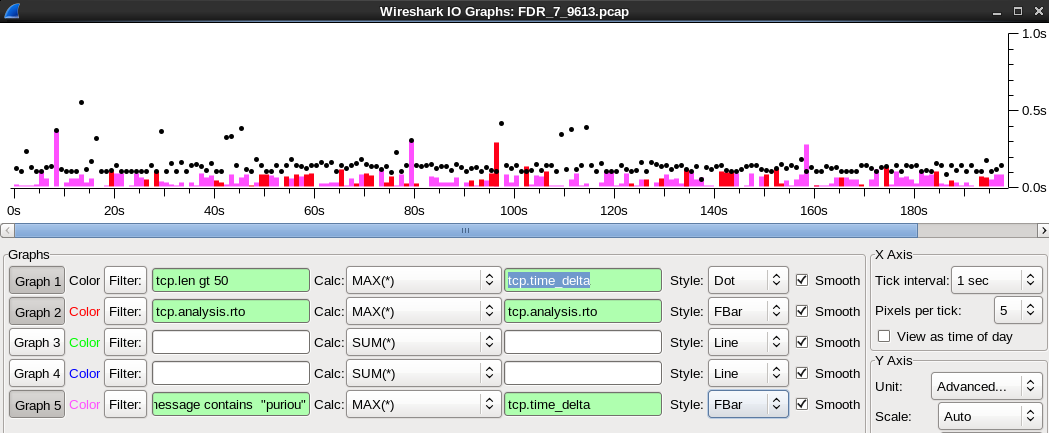

Thanks in Hi! I'm sorry to drop into your thread sporadically but this is the only seemingly relevant resource I could find anywhere on this subject. No change at all.Ĭan someone help me to understand the behavior of the machine A? I've attached some printscreens of wireshark, hope they are properly uploaded. In one of the tests I changed TcpMaxDupAcks parameter from 2 (default) to 3, but the retranmissions where not reduced. This retransmissions decrease the TCP congestion window to the half as part of the congestion avoidance algorithm, and if they happen close one after each other, the overall throughput is affected. Why machine A is retransmitting the packet if B already sent an ACK with sequence number higher? (Specified in the TcpMaxDupAcks parameter in the following key registry: HKLM\SYSTEM\CurrentControlSet\Services\Tcpip\Parameters, being the default value 2) It is not waiting till receive 2 dupACKs before the re-transmission. I understand that this new ACK already acknowledges the packet missing before (probably received out of order).ģ- The machine A re-transmits the packet with sequence number equal to the ACK sequence number from the dupACK/SACK received in point 1.įrom my understanding, the machine A is not behaving as it should since:

In order to troubleshoot I did some traffic (Wireshark) recordings in A and I could see that the following sequence of events where continuously repeated (around 10 times per second in average, but not periodic, just randomly).ġ- A dupACK (with SACK option) is received from B for a specific ACK sequence number.Ģ- A new ACK is received from B with an higher ACK number. I have issues with the throughput, where sometimes it drops and then recovers. I have a machine (A) running Windows 10 Enterprise 2016 LTSB that is sending TCP data with a relatively high throughput (600 Mbps) to an other machine (B) via some cross-connected switches and firewalls.


 0 kommentar(er)
0 kommentar(er)
